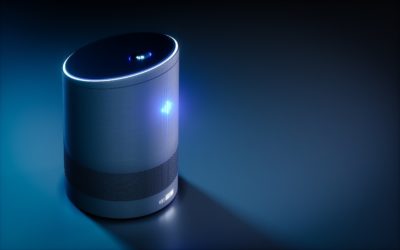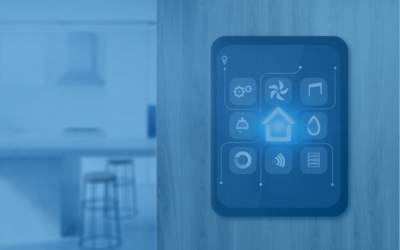Why Let Device Constraints Constrain Your Business Potential?
19
October 2020
by Eliav Gnessin
Solving with Firmware Innovation
Embedded computing devices deployed within the Internet of Things (IoT) have, for years, been challenged with the ability to compute given minimal resources.
Constraints include memory and processing capabilities and the low-power radio standards utilized as network interfaces.
Product companies and Solution providers need inexpensive computing devices at scale – not just a few dozen, but tens of thousands and even hundreds of thousands that are small, affordable, and reliable, especially for distributed implementations (for example, an entire smart city using controlled LED lighting).
The ability to network embedded devices opens up endless opportunities to develop new applications in homes, buildings, and public spaces. The value of the IoT is found in new computing services that integrate existing software services already available via the Internet with the control and data gathering capabilities of embedded devices.
Technology improvements following Moore’s law (the value of the network is based on the number of endpoints on the network) are making embedded devices more economical, smaller and more energy-efficient but not necessarily more powerful. Mass adoption equals mass production, which has contributed greatly to the growth of the IoT and Industrial IoT.
The challenge today, however, are expectations for edge devices to do a lot more work than they have previously done, and that takes more CPU power, memory, and storage capacity.
The rapid advancement and roll out of 5G wireless IoT services are exacerbating the challenge while also opening up new innovation opportunities – the networks will be amazing, but what about the edge? How do we create devices that are both powerful and resource-efficient, rugged, and affordable?
Embedded devices used in the IoT need to possess computational capabilities for the task they must perform, security, and networking abilities allowing integration with the Internet. To minimize product costs, IoT devices are to be equipped with low-power, constrained resources, combined with a production-grade, low-footprint IoT client that allows utilizing the full capabilities of the chipset.
Similar Blogs
Cloud of Things joins the Tondo-Smart group, a leading public smart-city vendor
Ultra-Low Energy (ULE), an extension of the Digital Enhanced Cordless Telecommunications (DECT) physical layer specification that supports low power devices, is becoming an increasingly popular approach, promoted by the ULE Alliance as “a way to provide sensors, actuators and other smart devices in the Internet of Things (IoT) with two-way transmission capability over a dedicated frequency band of 1900MHz.”
DSP Group and Cloud of Things Combine Forces and Introduce a Fully Managed ULE IoT Cloud Services Gateway
Ultra-Low Energy (ULE), an extension of the Digital Enhanced Cordless Telecommunications (DECT) physical layer specification that supports low power devices, is becoming an increasingly popular approach, promoted by the ULE Alliance as “a way to provide sensors, actuators and other smart devices in the Internet of Things (IoT) with two-way transmission capability over a dedicated frequency band of 1900MHz.”
As Smart Home Solution Adoption Explodes, Service Providers Seek Simplicity and Scale
The collapse of the housing market in North America in 2008, driven in large part by the near-collapse of the economy, is now in the rearview mirror. The market today is healthy and evolving, responding to the impact of COVID-19 in America’s largest cities, which is driving up the prices of luxury homes in the suburbs and more affordable housing for those looking to leave small, cramped apartments and work remotely from larger, affordable apartments as remote working becomes more acceptable to certain businesses.


